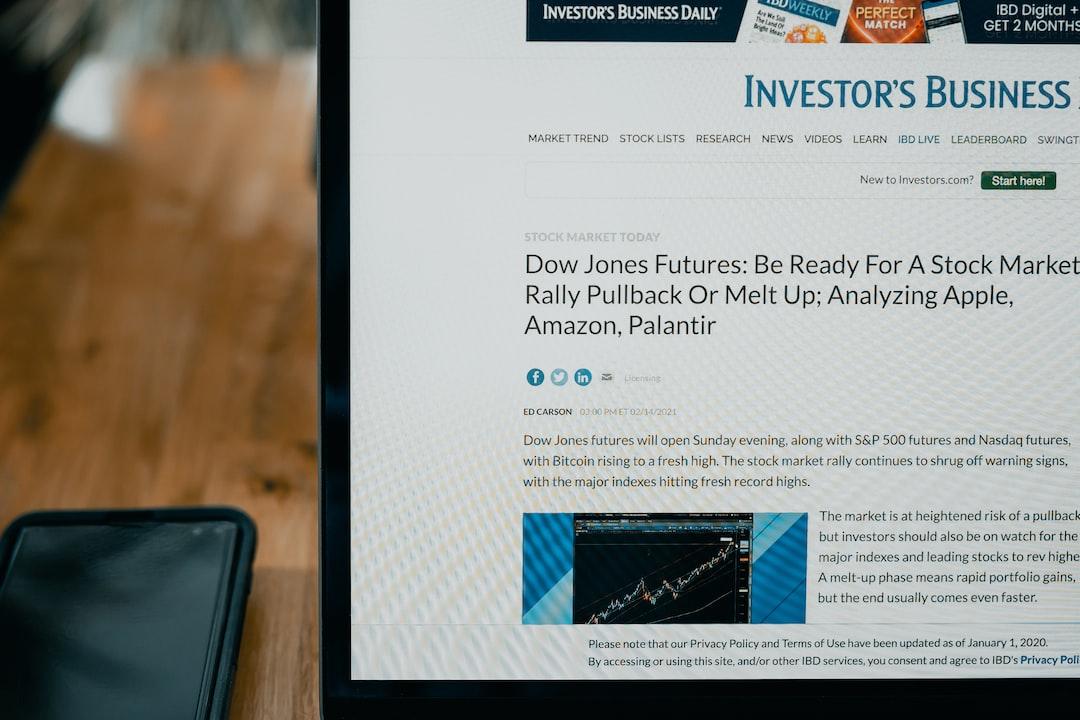Is every cryptocurrency a pump-and-dump scheme? This is a question that many people ask themselves, as they often witness a surge in prices followed by a sudden collapse when a token is listed on a new exchange. The culprit behind this phenomenon is the market makers, the companies responsible for managing the tokens or liquidity when they are first listed.
The process of transitioning from private to public market trading through primary listings for digital assets is similar to an IPO in traditional securities markets, with one key difference. The opening price for a digital asset market is intentionally set lower than the fair market price by digital asset issuers, resulting in a higher first-day performance compared to traditional markets.
In traditional markets, passive investors usually hold shares, while in digital asset markets, tokens are ideally held by active participants. The success of a token market depends on the strength of its holders. Unlike IPOs, where offer prices are set by investment banks, token prices in public rounds are often lower than the fair market price, leading to higher initial pops in digital markets.
During a primary listing, a market maker takes a significant portion of a token’s circulating supply and offers it for sale on the exchange’s pre-market order book. This allows market makers to provide liquidity before public trading begins, ensuring efficient price discovery when the market opens.
However, some market makers undercapitalize order books to maximize short-term profits, which can harm the token community and project. This practice, known as “parasitic” market making, prioritizes market maker profits over the overall health of the market.
There are different approaches to supplying liquidity for a primary listing through pre-market order construction. The parasitic approach involves creating artificial scarcity and manipulating sentiment to exploit initial demand and cause irreversible damage to the market. The transitory approach involves overwhelming the pre-market order book with sell orders to maximize fees or close off-exchange trades, resulting in a rapid market exit and limited price upside. On the other hand, the symbiotic approach strategically sets up opening liquidity to facilitate accurate price discovery and long-term value.
To categorize market makers based on their approach, we analyzed the price performances of tokens during the initial two days post-listing and the first two weeks. Our analysis revealed that 69.9% of primary listings were categorized as parasitic, 8.6% as transitory, and only 21.5% as symbiotic. This means that the majority of launches disrupted fair price discovery, negatively impacting both end-users and projects.
Parasitic launches resulted in a 420% increase in market volatility when considering the all-time high price, indicating severe undersupply and inflated prices that led to market abandonment. Transitory launches, on the other hand, showed a 34% decrease in volatility when including the all-time high, suggesting an oversaturated order book and poor management of initial supply, benefiting only the market maker at the expense of the community.
Both parasitic and transitory approaches hinder price discovery and reduce sustained market engagement. In contrast, symbiotic approaches provided a stable foundation for fair and healthy price discovery.
As the digital asset industry continues to grow, it is crucial for market makers to address the mismanagement of primary listings. Asset issuers and exchanges should collaborate with market makers and utilize methodologies like the Relative Change in Volatility (RCV) to ensure that initial order books are properly structured.
Market makers have a negative reputation, and the data supports this perception. It is time to raise the standards, eliminate parasitic operators, and hold market makers accountable for their role in enabling efficient price discovery. Our industry deserves better.
Wesley Pryor is a guest author for Cointelegraph and the founder of Acheron Trading. He has extensive experience in the industry and holds degrees in business administration and accounting. This article is for informational purposes only and should not be considered legal or investment advice. The views expressed here are solely those of the author and do not necessarily reflect the views of Cointelegraph.

